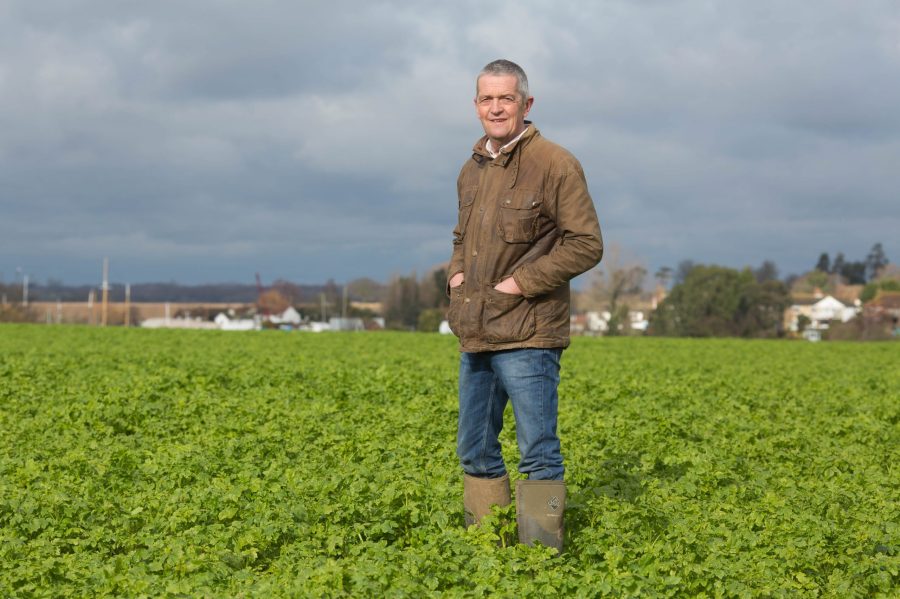By Guy Smith
Despite a few uplifting signs of spring such as an increase in birdsong and blossom in the hedgerows, there does seem to be a number of large black clouds threatening this year’s harvest that won’t go away.
Firstly, the wet weather that arrived in October seems unrelenting, meaning that any attempted field work is less than pretty. That old adage of a peck of dust in March being worth a king’s ransom, rings as true as ever.
It seems unlikely we’ll be rewarded with a king’s ransoms this spring. Secondly, cereal prices hardly encourage anyone to rush out with the drill. I reckon my break-even point is around £190/t, so if I can keep my overheads tamed then the current financial drivers for spring cropping feel all very limp.
Thirdly, the ratcheting back of the BPS safety net makes arable farming feel extra perilous making me risk averse when it comes to investing money, time and trouble into productive farming.
Finally, the possibility of putting land into SFI or CS rather than cropping makes for a very tempting alternative given guaranteed payments of between £600 and £800 per hectare. All in all, one suspects the combines of Britain could be in for a notably inactive year in 2024 while the grain terminals that handle imports could be in for a busy one.
What’s remarkable is the possibility of a small harvest doesn’t seem to particularly worry the policy makers in the corridors of power, who continue to roll out their new Ag policy to replace BPS with schemes dominated by less or no production.
In times past, the prospect of lower domestic food production would have seen medieval kings jumping around like mad March hares putting taxes on exports in order to keep grain in their kingdom. Even the most powerful kings lived in fear of food shortages and a hungry population.
In current times you don’t have to search very extensively to find instances of foreign governments putting wheat export bans in place to shore up national food security such in Russia in 2022. Indeed the Russians are currently restricting hard wheat exports due to concerns about shortages.
More generally, the development policies of countries such as China, India, Russia and Brazil are to grow more cereals and protein crops in the future, not less. But for some reason in the UK, the ambition seems to produce less, not more. In an increasingly dangerous world with a war taking place in the bread basket of Europe, what could possibly go wrong?
The sight of continental farmers taking to the streets to blockade their nation’s capitals reminded me of a farmers march I joined as part of an NFU delegation in 2016. It started out as a good natured affair with a carnival feel to it as thousands of farmers marched through Brussels.
But in the afternoon things took a far more ugly turn with an unpleasant atmosphere that reminded me of being outside crowded football grounds in the 1980s. As I stood in one of the Belgian capital’s prettier central squares to witness hedges and trees being set alight by a handful of individuals who didn’t look like farmers to me, I resolved never again would I join a protest march.
This article was taken from the latest issue of CPM. For more articles like this, subscribe here.
Sign up for Crop Production Magazine’s FREE e-newsletter here.




